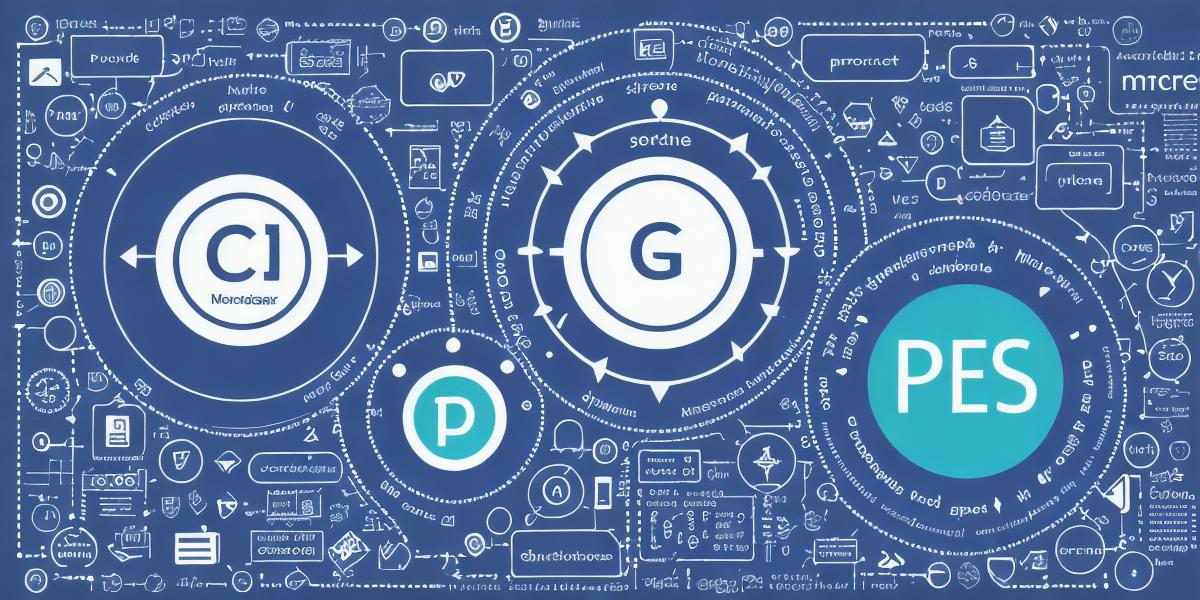Discover the 6 Essential Processes for Software Development

Introduction:
Software development is a complex process that involves multiple stages and requires expertise in various areas. As an industry, software development has evolved rapidly over the years, with new tools, technologies, and methodologies emerging every day. Despite these changes, there are certain processes that remain essential for successful software development. In this article, we will explore the 6 essential processes for software development and how they can help you create high-quality software.
1. Requirement Analysis:
The first step in software development is requirement analysis. This involves gathering information about what the client wants and needs from the software. The goal of requirement analysis is to ensure that everyone involved in the project has a clear understanding of the requirements, including developers, designers, and stakeholders. By defining the requirements upfront, you can avoid confusion and misunderstandings later in the development process.
2. Design:
Once you have defined the requirements, the next step is to design the software. This involves creating detailed specifications that outline how the software will work, what it will look like, and what features it will include. The design phase is critical for ensuring that the software meets the needs of the client and is easy to use.
3. Development:
The development phase involves writing the code for the software. This includes programming the various components, integrating them into a cohesive system, and testing the software to ensure that it works as expected. The development phase can be time-consuming, but it is essential for creating high-quality software that meets the needs of the client.
4. Testing:
Testing is an essential part of the software development process. This involves identifying bugs, errors, and other issues in the software and addressing them before they cause problems in production. By thoroughly testing the software, you can ensure that it is reliable, secure, and easy to use.
5. Deployment:
Once the software has been tested and approved by the client, it is time to deploy it. This involves installing the software on the client’s servers or systems and configuring it to work with their existing infrastructure. The deployment phase can be complex, but it is essential for ensuring that the software is available to the end-users.
6. Maintenance:
Finally, once the software has been deployed, it is important to maintain it. This involves fixing bugs, updating features, and providing technical support to ensure that the software continues to work as expected. By investing in ongoing maintenance, you can ensure that your software remains relevant and useful to your clients over time.
Summary:
In conclusion, software development is a complex process that requires careful planning and attention to detail. By following these 6 essential processes, you can create high-quality software that meets the needs of your clients and helps them achieve their business goals. Whether you are a seasoned software developer or just starting out, by mastering these processes, you can take your software development skills to the next level.








